Anne Sibley O’Brien – Part 5 of series on third culture kid children’s book authors
Wow, I can’t believe how long it’s been since I last posted a blog entry!!! These last few months have been a whirlwind of book orders going out around the world. In 2016, Kids Books Without Borders has sent out over 4,000 books to more than 32 countries. It has been a joy to provide books to so many families.

I wanted to start off the new year with another third culture kid children’s book author that I have come to love: Anne Sibley O’Brien.
Anne’s art and writing is a celebration and love of the world’s diversity of cultures and ethnic backgrounds. I would love to someday see an exhibit of her artwork, how she lovingly paints children of all races with tenderness and warmth, as a mother would depict her own children. Anne works primarily in watercolor, watersoluble pastel, and brush and ink.
Anne Sibley O’Brien (1952-) is a third culture kid who moved to Korea with her family (Anne has 2 older brothers and a younger sister) when she was 7 and spent the rest of her childhood there.
Anne Sibley O’Brien is a children’s book creator who has illustrated thirty-two picture books, (14 of which she also wrote) including Jamaica’s Find and six other Jamaica titles by Juanita Havill, picture books about a young African-American girl, her life in her family and her community.
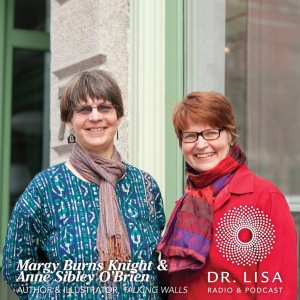 She has also illustrated Talking Walls and four other titles by Margy Burns Knight. In Talking Walls, Knight and O’Brien explore notable walls the world over as both symbols and vehicles for cultural connection. Titles by Margo Burns Knight include:
She has also illustrated Talking Walls and four other titles by Margy Burns Knight. In Talking Walls, Knight and O’Brien explore notable walls the world over as both symbols and vehicles for cultural connection. Titles by Margo Burns Knight include:

Talking Walls (1992) an exploration of walls around the world, from the Great Wall of China to Aborigine All Art in Australia. Includes 14 different walls. (For ages 8-11)
Talking Walls – The stories Continue (2003) The exploration of walls from around the world continues in this sequel, with another 17 walls from Hadrian’s Wall in England to the fence surrounding the Isla Nebraska home of Chilean poet Pablo Neruda. Both these books are a great introduction for children about culture and history around the world. A map in the back of the book shows the location of each wall. These two books would make a great unit for homeschooling. (For ages 8-11)
Inside the cover of Talking Walls – The stories Continue, Anne describes her painting on the cover:
“Students in Kent Clady’s sixth grade class at the John Marshall Middle School in Indianapolis, Indiana, studied walls in a social studies unit, with the book Talking Walls as their focal point. As a community service project, they offered to repair the entrance wall at a nearby apartment complex. The sixth graders worked hard, scraping and painting the wall. The residents of the apartment complex were so pleased with the students’ work that they contacted local T.V. stations and even invited the sixth graders to use their pool at the end of the school year for a cookout.”
Africa is not a Country (2002). In this non-fiction book about Africa, the author describes the daily life in some of its fifty-three nations on the African continent. A great book to introduce children to that part of the world and our many Western misconceptions. (For ages 8-12)
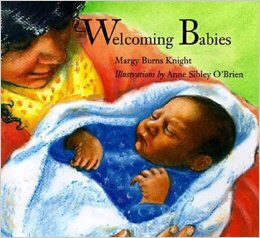
Welcoming babies – (2003). Welcoming Babies shows the diverse ways we treasure new life around the world, focusing on the routines and rituals of a child’s first year. A beautiful show case for Anne’s love of babies. A celebration of babies around the world! (Ages 5-8)
Who belongs Here? An American Story (2003)
Based on a true story of a young boy fleeing war-torn Cambodia, this story highlights our need to better understand and accept others who are different from us. This book can lead to a great discussion on immigration, refugees, compassion and tolerance, a topic in center stage right now. (For ages 8-13)
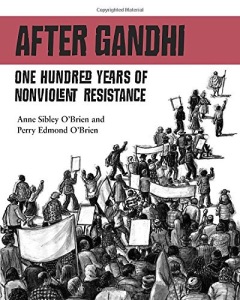
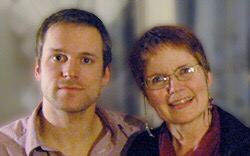
Anne with her son, Perry
She has also co-written After Gandhi – 100 Years of Non-Violent resistance with her son Perry. This non-fiction book won the Maine Literary Book Award.
I would encourage you to check out all the books mentioned above, in addition, I will highlight three other favorites here:
A Path of Stars written and illustrated by Anne Sibley O’Brien (for ages 5-8)
If you have ever grown up in another country, now just a distant memory, if you have ever loved and lost, then this book will bring it all back to life, both visually and emotionally. Anne Sibley O’Brien has captured some of those poignant memories of love and loss, scooped them up and painted them in vibrant and warm colors for children to understand and empathize with. This book was inspired by the stories of her friends Vaensa and Peng Kem, who were born in Cambodia and had to leave the country because of the war.
I’m new Here by Anne Sibley O’Brien
Being the new student in a classroom is difficult enough, but when the child comes from another culture and speaks a different language, it can be extremely stressful and lonely. Three youngsters enter a new school—Maria from Guatemala, Jin from Korea, and Fatimah from Somalia—and each one experiences the feeling of not fitting in. But as they begin to share their own gifts with the classroom, they begin to start to feel accepted and affirmed.
I love her paintings of the culturally diverse classroom, painted in watercolors on a white background. A great book for third culture kids, who can identify with these children and the initial emotions of loneliness and grief, but also learning to fit in and making new friends. (For ages 4-7)
“Whether readers are new themselves or meeting those who are new, there are lessons to be learned here about perseverance, bravery, and inclusion, and O’Brien’s lessons are heartfelt and poetically rendered.”Kirkus Reviews
The Legend of Hong Kil Dong – The Robin Hood of Korea (2006)
This book won the Aesop Award and the Asian-Pacific American Award for Literature, and was named to Booklist’s “Top Ten Graphic Novels for Youth 2007.” I must admit, as someone having grown up with French graphic novels, I was quickly drawn into the story and rooting for Hong Kil Dong, as he struggled to find himself and use his gifts to help others. Filled with historical and cultural details, as well as action, magic, and adventure, this story of Hong Kil Dong, will appeal to reluctant readers, and lovers of graphic novels, and is a great introduction to Korean folklore and history. (For grades 3-5)
“While Library of Congress places this book with graphic novels, it stands on its own as a traditional tale. Its possibly the first novel written in the Korean alphabet. OBrien has done her homework, using sources in Korean and English and researching her images to display the culture and time period accurately. Her references are well explained and documented…”
Fun Facts about Anne Sibley O’Brien
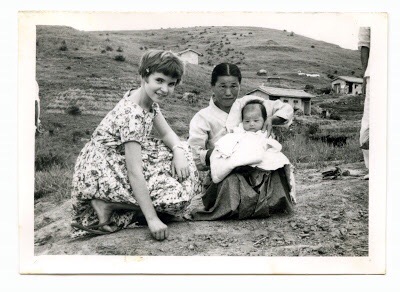
Anne was 7 years old, when her family moved to Korea. Her parents moved the family there to fulfill their lifelong dream of serving as medical missionaries. In an interview, she talks about her adjustment to Korea:
“I’m sure that there was considerable adjustment for me as a young child, losing one world and encountering a completely new culture and country, but children take their cues from their parents, and mine framed the whole thing as a grand adventure.”
When they first arrived in Korea, her parents were dismayed to find out that they would be living in a missionary compound, with barbed wire around it. Two years later, when Anne was 9, her family managed to persuade the mission to allow them to live in a Korean house, in an all-Korean neighborhood. This began her total immersion into the culture and language, as well as the beginning of lifelong relationships with Koreans.
When they arrived in Korea in 1960, seven years after the end of the Korean War and the partitioning of the peninsula into North and South Korea, they witnessed the devastating affects of war on the country and it’s people. Poverty and sickness was everywhere and it was not uncommon to see children dressed in rags, begging in the street for food.
When Anne was in 5th and 6th grade, she would often go after school to the hospital where her father worked. There, in the children’s wing, were children sent over from local orphanages, who needed medical care. They were short-staffed and Anne remembers spending many hours, holding and playing with these babies, who would all reached out their arms to be held, when she would walk into the ward.
Anne and her family always loved books. Anne’s home was always full of books (see special note below). She was especially drawn to classic illustrators such as Eloise Wilkin, Robert McCloskey, Garth Williams, and Jesse Wilcox Smith. Her favorites stories were fairy tales, books about fairies, and any books with children and babies in them.
A favorite memory of her childhood in Korea include vacationing with Korean friends in the mountains, eating a picnic of kim-bap and swimming in the icy cool streams, with misty mountains and rocky sea coast, and terraced rice fields as a backdrop.
Anne returned to the United States to attend Mount Holyoke College where she majored in art. She spent her Junior year in Korea at Ewha Woman’s University. There was studied Korean history, culture, folklore and painting.
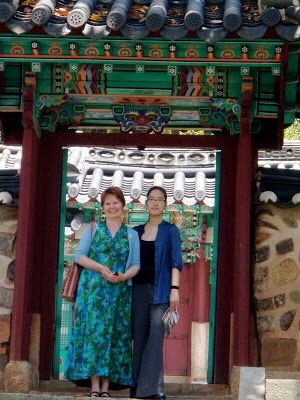
She currently lives on Peaks island in Maine with her husband. She has 2 grown children, a son, Perry and a daughter, Yunhee whom was adopted from Korea. Yunhee is the inspiration and model for her illustrations in Brianna, Jamaica and the Dance of Spring written by Juanita Havill.
When Yunhee was married, the family held a Japanese wedding ceremony for Yunhee and her groom with the help of the Korean American community in Maine.
Anne was recently honored by the Maine Library Association with the lifetime achievement Katahdin Award for her body of work.
In addition to creating books, she has been involved for many years in diversity education and leadership training. Anne Sibley O’Brien is one of the founders of I’m Your Neighbor, an organization that promotes children’s literature featuring “new arrival” cultures.
She also has a blog “Coloring between the lines” (http://www.coloringbetween.blogspot.com) where she explores issues of race and culture in children’s literature. On her blog, Anne shares a list of children’s books and resources from a workshop she gave called “Books as Bridges: using Children’s Books To Talk about Race”. She offers a great selection of titles – check it out at http://www.coloringbetweenthelines.com/books-as-bridges/
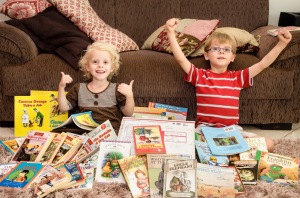 Special side note:
Special side note:
Anne mentions in her interview with Tarie on her blog “into the wardrobe” (http://peteredmundlucy7.blogspot.com/search?q=Anne+sibley+o%27brien) that she would receive books from the US when they lived in Korea. Anne says:
“Once or twice a year, we got to order used books from a church warehouse in the States. We checked them off on a master list, mailed off the order, then waited months for the package to be delivered by sea mail to discover whether or not we’d gotten the ones we’d wanted. Books were precious. “
I was excited to see that other ministries have also done what Kids Books Without Borders (and Bookends International, and others I am not aware of) does now. Katherine Patterson, in her autobiography, Stories of my life, also mentioned that there was a woman who sent books to their family in China and that is was like Christmas when they received the box of books.
Quotes from Anne
“My career creating multicultural children’s books is a direct response to my childhood in Korea, which kindled in me a fascination for the beauty and glory of human differences, and a passion for the truth that, across our differences, we are all one human family. We belong to each other. That’s what I’m trying to get to, through all my work.“
“Growing up in Korea meant belonging to a place I did not belong, being of a place I was not from, being welcomed and loved by people who were not “my” people. Somehow, culture shock and the sense of dislocation always felt more intense when I returned to the U.S., to the place I supposedly belonged, to the place I was from, to “my” people. ”
When our daughter joined our family by adoption from Korea, and my husband and I were raising her and her white brother, I knew that having diverse books, lots of them, depicting all kinds of people, was essential to their wellbeing and development of healthy identities. In different ways, they both needed to see both themselves – and others – reflected in the books they read.”
“Bi-cultural identity is a treasure. It’s challenging because people who are not bicultural have no idea what it’s like to be torn between two cultures, two places, two ways of being in the world, but there is so much richness. And I think that those of us who are caught between also have the gift of being a bridge and able to be insightful about both cultures.”
Quote from interview By The INNERview With Host Susan Lee MacDonald
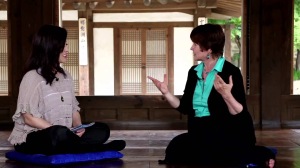 (See full interview at https://youtu.be/HHopfVCEwx8)
(See full interview at https://youtu.be/HHopfVCEwx8)

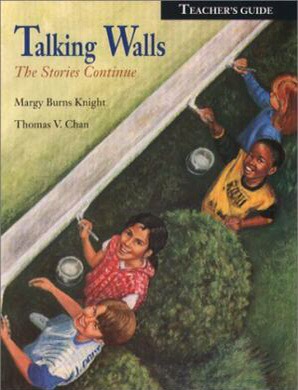
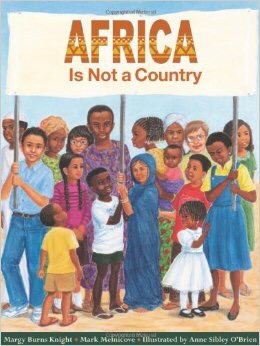
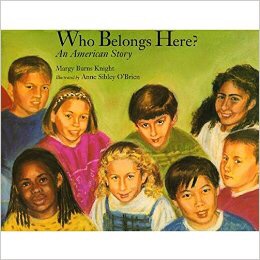
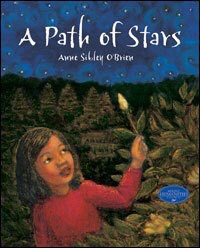
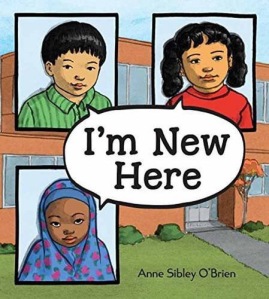

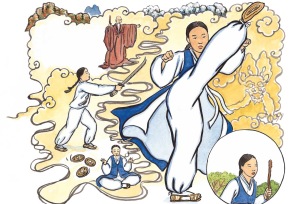
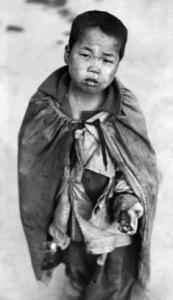

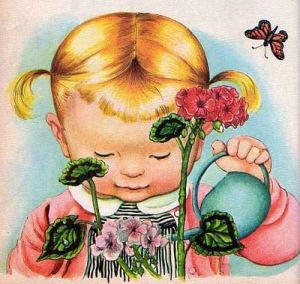

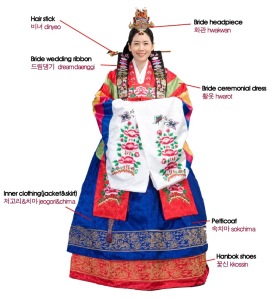


Pingback: Katherine Paterson – part 7 of my series on Third Culture Kids children’s authorsm | Kid's Books Without Borders